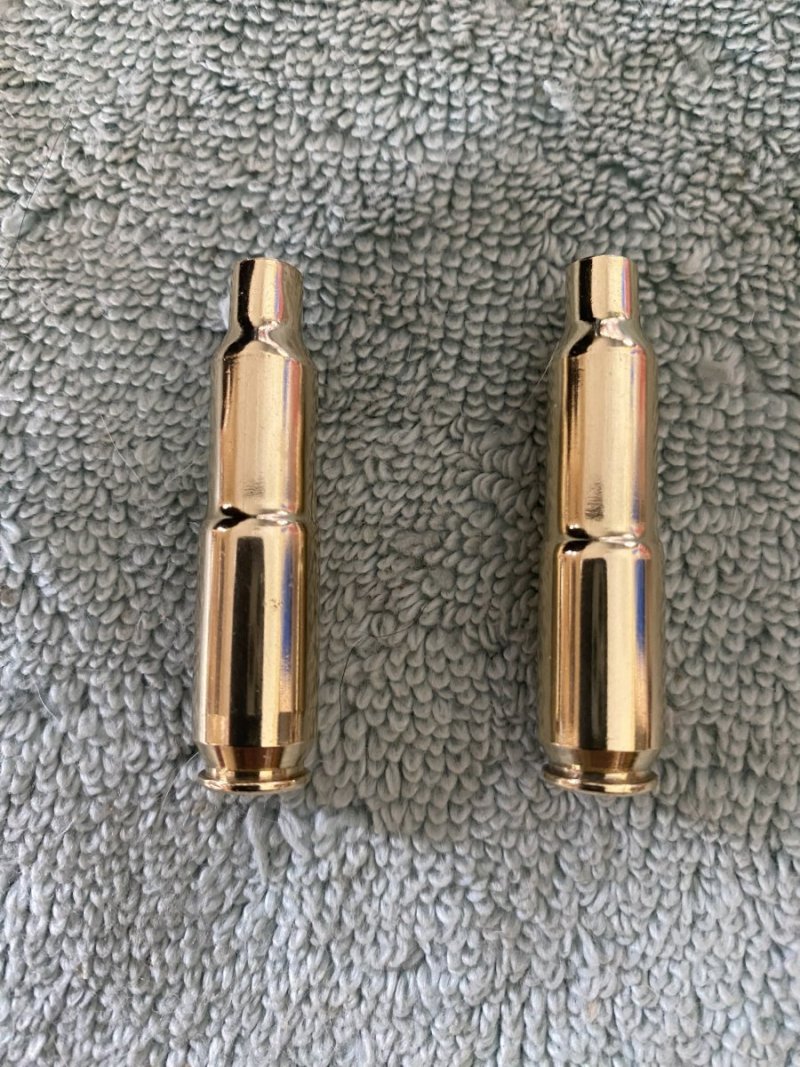Been loading 9mm and 223 for a couple years. Just plinkers. I'm wanting to work on 380, so I loaded up some ladder test rounds using Titegroup 2.6 to 3.0 grains with a 100gn RNFP plated bullet. My load data says to keep it at .980 OAL.
I now know that I should have tried chambering them before getting all the way to the range, but that's one lesson learned. When I went to put my test loads in my LCP magazine, I found out they are too long. The LCP is my only 380 and the reason for loading these at all.
How important is that .980 OAL? My reloading manual calls it the minimum OAL, meaning I shouldn't go shorter, right? Do I just need to find another recipe that allows me to use a smaller OAL?
I now know that I should have tried chambering them before getting all the way to the range, but that's one lesson learned. When I went to put my test loads in my LCP magazine, I found out they are too long. The LCP is my only 380 and the reason for loading these at all.
How important is that .980 OAL? My reloading manual calls it the minimum OAL, meaning I shouldn't go shorter, right? Do I just need to find another recipe that allows me to use a smaller OAL?






